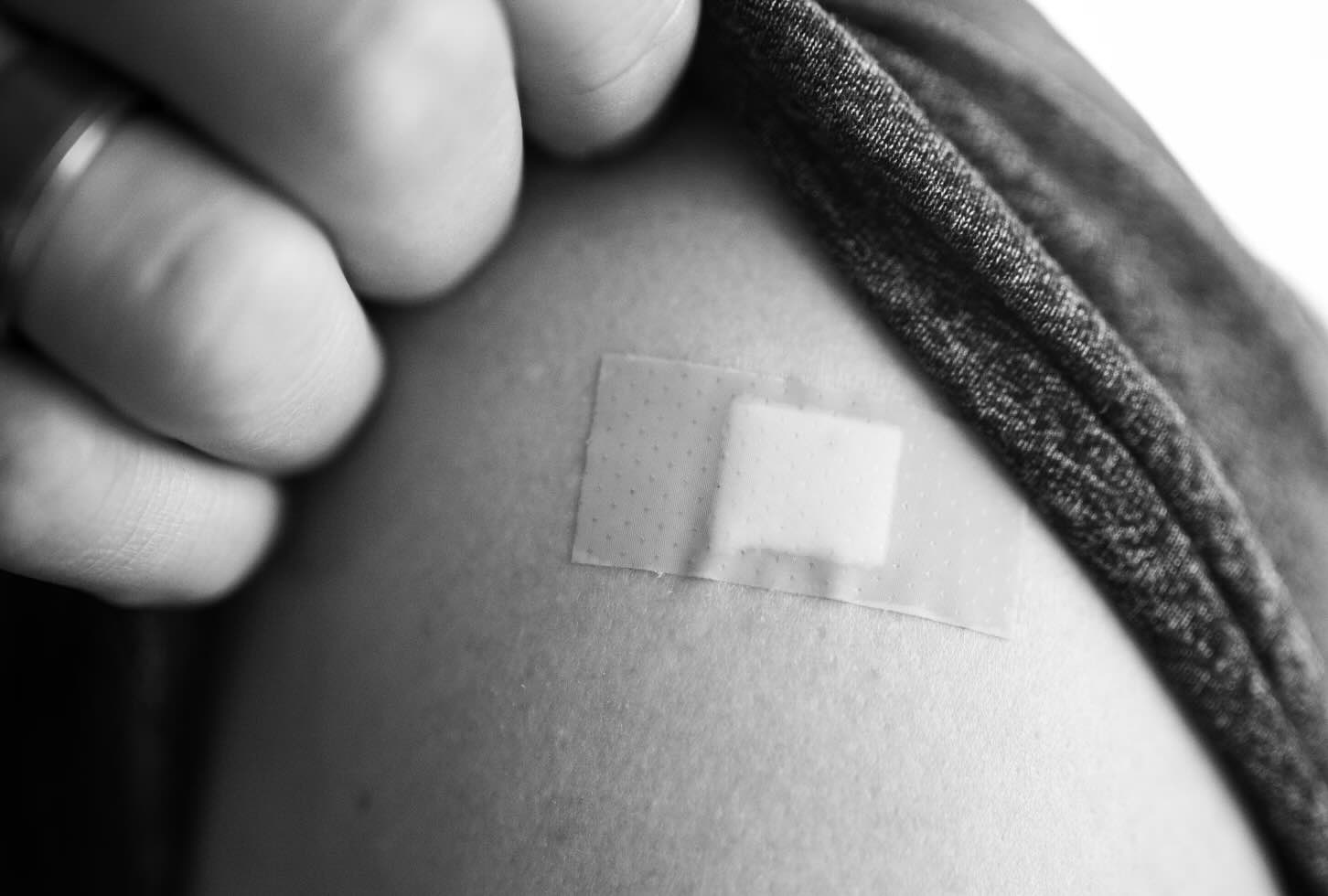The global rise of antibiotic-resistant bacteria has created a critical need for new approaches to fight infections, especially in cases where traditional antibiotics fail.
Now, in a new study published in the journal Device, researchers have developed a skin patch that uses imperceptible electric currents to stop bacterial infections. This innovative approach could be significant in fighting antibiotic-resistant bacteria. The findings offer an alternative to traditional antibiotics, which have become less effective due to widespread overuse.
“This opens up exciting possibilities for drug-free treatments, especially for skin infections and wound healing, where antibiotic-resistant bacteria pose a serious challenge,” Dr. Bozhi Tian, co-senior author and professor at the University of Chicago, said in a recent statement.
Electricity in Medicine
Electricity has been used in medicine for decades, from pacemakers to regulate heartbeats to retinal prostheses that restore partial vision. This field of using electronic devices for medicinal purposes is known as bioelectronics and began when the first pacemaker was installed in 1958. Other devices are currently being researched, including ones to treat drug-resistant epilepsy.
This study represents the first time electric currents have been used to control bacteria on the skin.
Tian and his team wanted to see if they could leverage electricity to manipulate bacteria, specifically Staphylococcus epidermidis, a common bacterium that lives on human skin. Although usually harmless, S. epidermidis can cause serious infections by entering the body through a wound or medical device, such as a catheter. Recent strains of this bacterium have become resistant to all classes of antibiotics, making new treatments essential.
Combining Electricity with Acidity
The researchers discovered that small electric currents could affect S. epidermidis, but only in acidic environments—a characteristic they call “selective excitability.” While healthy human skin is mildly acidic, chronic wounds are often more neutral or basic, providing the perfect setting for infections to thrive.
“Bacteria’s response to electricity isn’t well explored, partially because we don’t know the specific conditions under which bacteria will be excited,” Saehyun Kim, the study’s first author from the University of Chicago, said in a recent release. “Discovering this selective excitability will help us control other bacteria species by looking at different conditions.”
The team applied weak electric pulses of 1.5 volts—within the safe range for human skin—for 10 seconds every 10 minutes over 18 hours. Under acidic conditions, the treatment halted 99% of the biofilm, a cluster of bacteria that shields microbes from drugs and leads to persistent infections. When the environment was neutral, however, the treatment had no effect.
Creating the Electric Patch
Taking their findings further, the researchers developed a skin patch called Bioelectronic Localized Antimicrobial Stimulation Therapy (BLAST). The patch contains electrodes and a hydrogel that maintains an acidic environment, allowing the electric currents to target bacteria effectively.
In testing the BLAST device on pork skin inoculated with S. epidermidis, the researchers found that the 18-hour treatment reduced bacterial biofilm and resulted in nearly ten times fewer bacterial cells than untreated samples. They observed similar success when applying the patch to the surface of a catheter, demonstrating its potential for treating infections in medical devices.
This technique also revealed that after electrical stimulation, S. epidermidis reduced the expression of genes associated with antibiotic resistance and biofilm formation, allowing for proper wound healing.
With further research into this treatment’s safety and long-term effectiveness, the team believes wearable patches like BLAST could offer a wireless, drug-free method to treat infections.
“This is an exciting avenue for fighting infections without contributing to the growing antibiotic resistance crisis,” Tian added.
Kenna Hughes-Castleberry is the Science Communicator at JILA (a world-leading physics research institute) and a science writer at The Debrief. Follow and connect with her on X or contact her via email at kenna@thedebrief.org

